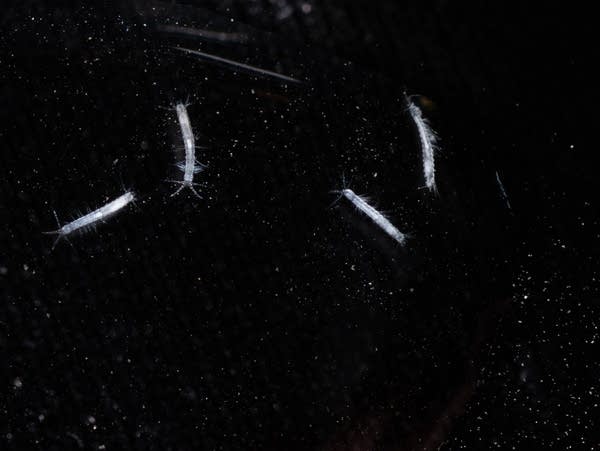Researchers find new life in a very old place: Minnesota’s Mystery Cave

Bathynellacea — tiny groundwater crustaceans — recently found in underground caverns at Forestville/Mystery Cave State Park in southeast Minnesota's Fillmore County. The discovery, reported this month, marks the first time they've been found in the park. They are completely cave-adapted, lacking eyes and pigment.
Minnesota Department of Natural Resources
Go Deeper.
Create an account or log in to save stories.
Like this?
Thanks for liking this story! We have added it to a list of your favorite stories.


